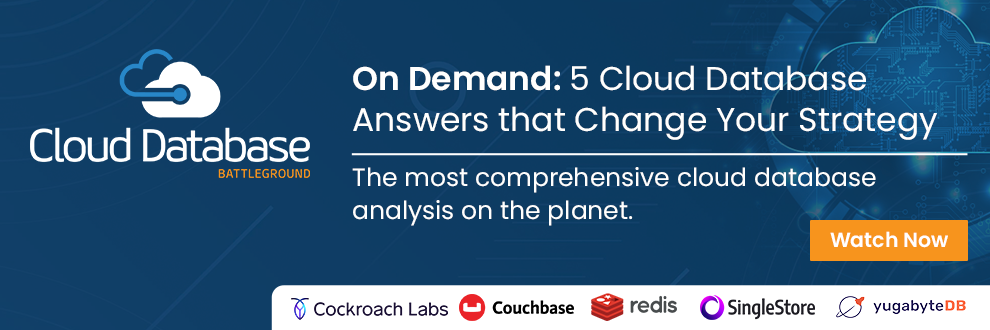
The age of business intuition is over! Since the early 2000s, but especially within the last four to five years, we have been living in a unique scenario worldwide. Everything goes fast, very fast; and everything seems to be related to data. So, the way that we have worked over the last decades is coming to an end — even more, as we see the Metaverse on the rise.
Across history, every single professional has used data to do their job — data that is processed and analyzed in one way or another to produce insights. Based on those insights, professionals make specific decisions and take specific actions. Sometimes those actions or decisions are very small things, while other times they may be big impact actions or decisions. Even from the very early days, this process has been done using the human brain as its main computer. Over the last few decades, everything has been working more or less okay because:
- The amount of data generated has been at a pace that any human can digest easily.
- The pace of the decision-making process has been aligned with the pace of changes in the environment.
What Worked Before May Not Work Nowadays
In recent years, something hard to realize is the ‘acceleration’ of the pace of changes happening around the world; this is important. Acceleration is the rate of change in velocity. The acceleration of the changes in the world is very high, compared to what it used to be until the mid-2010s. There are still many professionals having trouble adapting at the same acceleration rate. Many professionals are still assuming that the pace of change is still the same as it used to be and all they need is a bit more data to analyze more and still trust their intuition.
Something else that we have available today that we never had before is the amount of public data available for free to any person. This is key and unfortunately, it’s not very well used. Analyzing internal data is fine. It is often assumed that if we can analyze more data (I mean, my own data, the data that I know well), I will be able to have a more comprehensive picture of the situation and therefore, more accurate insights.
The reality is that our internal data is not so relevant unless it is in context. And this is where we are living in a brand-new era where we can use data to measure our environment. Not only that, but we can also blend environmental data with internal data and extract it. This is something that was not possible before!
Define an Objective and Then Analyze Data
Very often analysts and decision-makers bring a lot of pre-conceived ideas and old assumptions. And with that mindset, they analyze data. Sometimes, when a pattern is found according to their pre-conceived ideas, even if it is once every million times, they are self-convinced to be right. In most cases, decisions made under those circumstances are very wrong.
When you are going to analyze data, be open and start fresh, even if you think that you will not find what you are looking for. More importantly, define an objective first. When you define an objective and then analyze data with that objective as North Star, every aspect of the data that you are analyzing starts bringing its own light. Then suddenly, it is easy to discover — technically uncover — many things that were never seen before.
In today’s situation, it is important to have the objective of ‘creating demand’, as demand secures business operations. So, by keeping this in mind, start analyzing your data in order to understand everything about your product, services, customer profile, demand trends and cycles, your market demand trends and cycles, and how external events influence your customer base.
Although it may be true that this is too much, the good news is that we have data for all of this.







